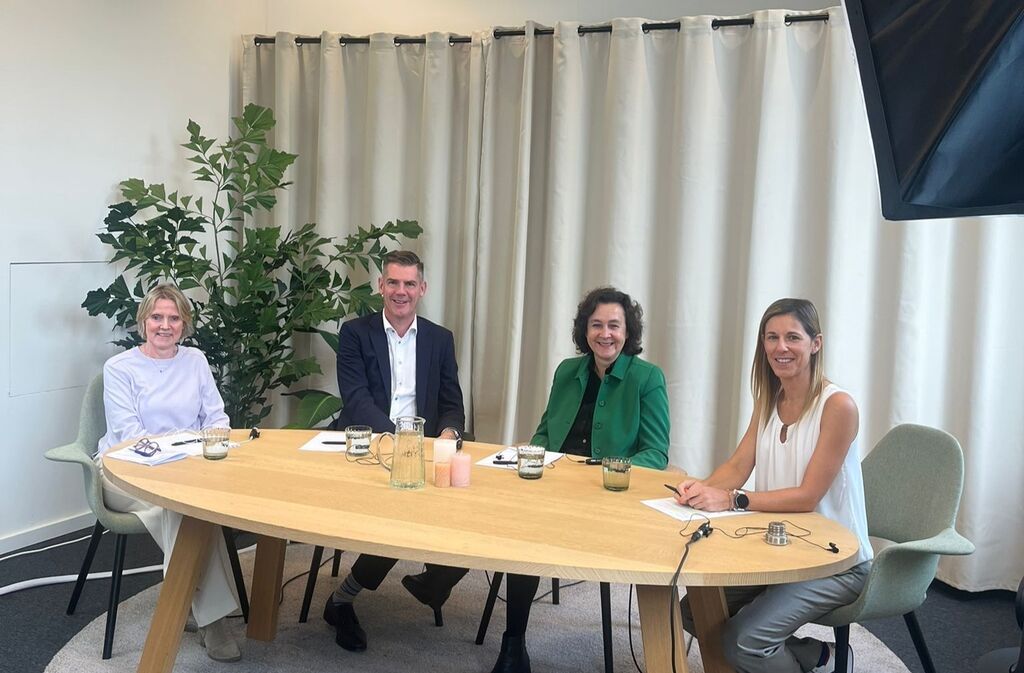The business case of age diversity
Based on the information we collected between 2008 and 2015 from over 2,500 Belgian SMEs, we found that organizations with a wide variety of ages are up to 6% more productive than the average organization. The reason is clear: in an organization with a wide variety of ages, there is a smooth exchange of knowledge and experience. The organization can thus make optimal use of the knowledge and experience of both young and old. This knowledge synergy enhances creativity, decision making and efficiency on the work floor, driving better business outcomes.
So the idea that older employees contribute less than young employees doesn’t hold up. When they get the opportunity to use their knowledge and experience and combine it with the innovative knowledge of young people, it actually leads to higher productivity.







